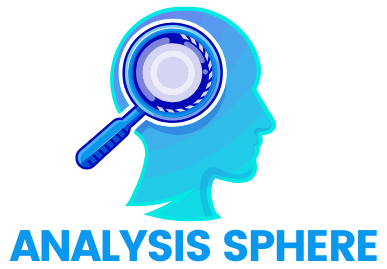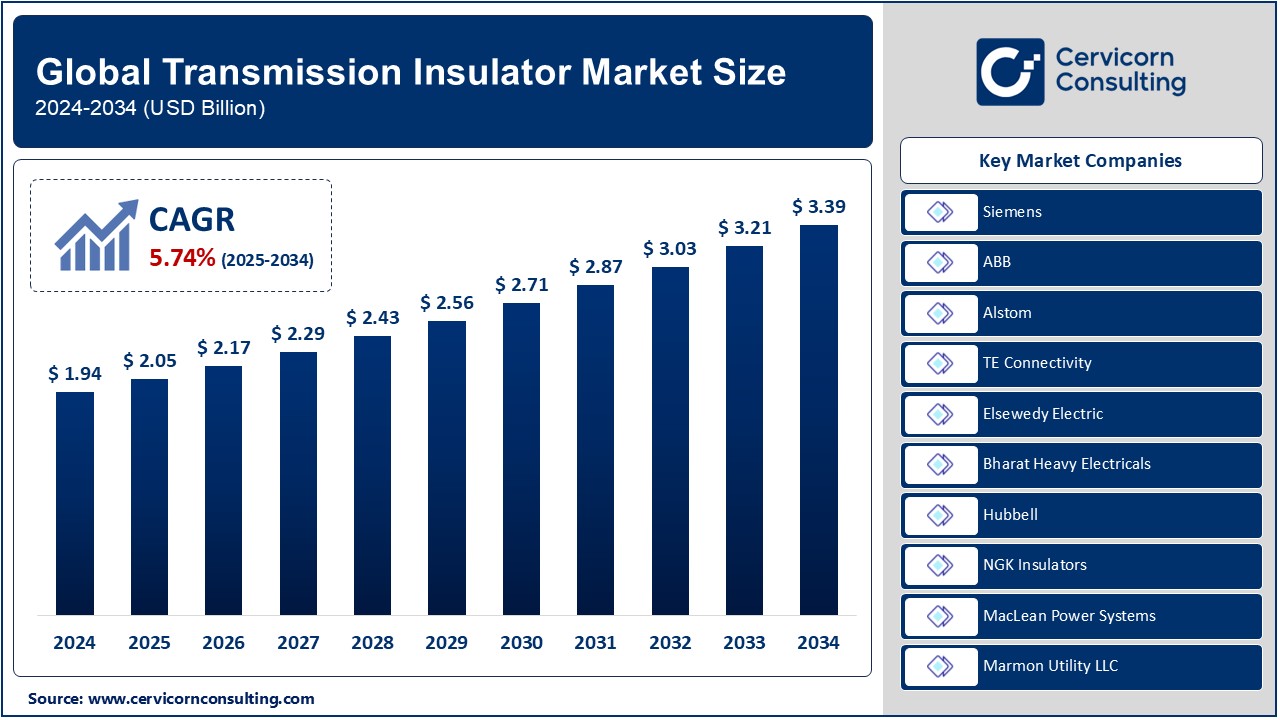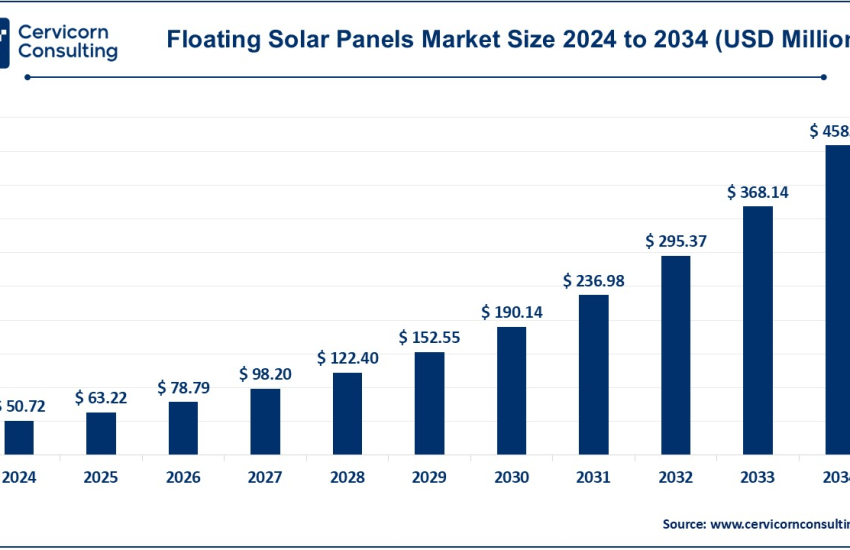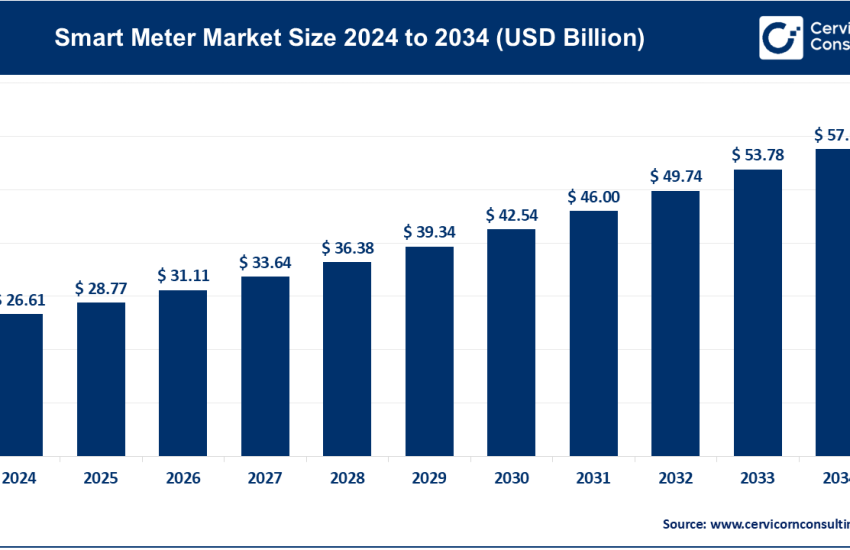Transmission Insulator Market Trends, Growth Drivers, and Leading Players by 2034
Transmission Insulator Market Growth
The global transmission insulator market was worth USD 1.94 billion in 2024 and is anticipated to expand to around USD 3.39 billion by 2034, registering a compound annual growth rate (CAGR) of 5.74% from 2025 to 2034.
The growth of the transmission insulator market is propelled by several interrelated factors. The rising global energy demand, fueled by urbanization and industrialization, necessitates the expansion and upgrade of power transmission infrastructure. Governments worldwide are investing heavily in renewable energy projects, requiring robust and reliable transmission systems. Technological advancements in composite and polymer insulators, offering superior mechanical and electrical properties, are accelerating market growth. Additionally, the need for grid modernization, electrification in rural areas, and initiatives to reduce transmission losses further drive the market. Environmental regulations and the push for sustainable materials also influence product development, fostering innovation in eco-friendly insulator designs.
What is the Transmission Insulator Market?
The transmission insulator market encompasses the production, distribution, and sale of insulators used in high-voltage power transmission systems. Transmission insulators are critical components in the electrical power industry, designed to support and separate conductors without allowing the passage of electric current. They are typically used in overhead power lines, substations, and other high-voltage equipment to prevent electrical faults and ensure operational safety. Insulators are made from various materials, including porcelain, glass, and composite polymers, each offering distinct advantages in mechanical strength, weather resistance, and electrical performance.
Importance of the Transmission Insulator Market
The transmission insulator market is pivotal to the global power infrastructure. As the demand for reliable and efficient energy distribution grows, especially in emerging economies, the role of transmission insulators becomes more significant. They ensure the stability and safety of power transmission networks, minimizing the risk of outages and equipment failures. Moreover, with the global shift towards renewable energy and the integration of decentralized energy systems, advanced insulator technologies are essential for managing complex grid dynamics. The market supports the modernization of aging power grids, enabling higher transmission voltages and improved energy efficiency.
Get a Free Sample: https://www.cervicornconsulting.com/sample/2496
Transmission Insulator Market Top Companies
Siemens
- Specialization: Power generation, transmission, and distribution solutions
- Key Focus Areas: High-voltage insulators, grid modernization, renewable energy integration
- Notable Features: Advanced composite insulator technologies, smart grid solutions
- 2023 Revenue (Approx.): $99 billion
- Market Share (Approx.): 10%
- Global Presence: Extensive operations in Europe, North America, Asia-Pacific, and Africa
ABB
- Specialization: Electrification, industrial automation, robotics, and power grids
- Key Focus Areas: High-voltage insulators, smart grid integration, energy efficiency solutions
- Notable Features: Eco-efficient insulators, digital grid technologies
- 2023 Revenue (Approx.): $35 billion
- Market Share (Approx.): 8%
- Global Presence: Strong presence in Europe, North America, Asia-Pacific, and Latin America
Alstom
- Specialization: Sustainable mobility solutions, power generation, and grid infrastructure
- Key Focus Areas: Grid modernization, high-voltage transmission components
- Notable Features: High-performance insulator solutions, integration with smart grid systems
- 2023 Revenue (Approx.): $20 billion
- Market Share (Approx.): 5%
- Global Presence: Predominantly in Europe, expanding in Asia-Pacific and Africa
TE Connectivity
- Specialization: Connectivity and sensor solutions for industrial applications
- Key Focus Areas: High-voltage insulators, grid reliability enhancement
- Notable Features: Advanced polymer and composite insulator designs
- 2023 Revenue (Approx.): $17 billion
- Market Share (Approx.): 4%
- Global Presence: Global footprint across North America, Europe, and Asia-Pacific
Elsewedy Electric
- Specialization: Integrated energy solutions, electrical products, and infrastructure
- Key Focus Areas: Transmission and distribution components, high-voltage insulators
- Notable Features: Cost-effective insulator solutions, tailored for emerging markets
- 2023 Revenue (Approx.): $4 billion
- Market Share (Approx.): 2%
- Global Presence: Strong presence in the Middle East, Africa, and Asia
Leading Trends and Their Impact
Several trends are shaping the transmission insulator market, including:
- Adoption of Composite Insulators: Lightweight, durable, and resistant to environmental stress, composite insulators are gaining traction over traditional porcelain and glass insulators.
- Smart Grid Integration: The rise of smart grids demands advanced insulator solutions that support digital monitoring and fault detection.
- Renewable Energy Expansion: The growing share of renewable energy sources in the global energy mix requires robust transmission infrastructure, driving demand for high-performance insulators.
- Eco-Friendly Materials: Increasing environmental awareness pushes manufacturers toward sustainable and recyclable materials for insulator production.
- Technological Innovation: Advancements in nanotechnology and material science enhance insulator performance, lifespan, and efficiency.
Successful Examples of Transmission Insulator Market Applications
- China’s Ultra High Voltage (UHV) Grid: China’s extensive UHV grid project utilizes advanced composite insulators to support long-distance power transmission, reducing losses and enhancing grid stability.
- India’s Rural Electrification Drive: The Indian government’s initiatives to electrify rural regions have led to increased deployment of cost-effective insulator solutions.
- European Smart Grids: Countries like Germany and France have integrated smart grid technologies, employing advanced insulators to ensure efficient energy distribution.
Regional Analysis and Government Initiatives
North America
Government policies favoring grid modernization and renewable energy integration drive market growth. Initiatives like the U.S. Infrastructure Investment and Jobs Act allocate substantial funds for upgrading aging power infrastructure, boosting demand for advanced insulators.
Europe
The European Green Deal and stringent regulations on energy efficiency promote investments in smart grids and sustainable insulator technologies. Countries like Germany and the UK are leading in adopting eco-friendly grid components.
Asia-Pacific
Rapid industrialization and urbanization, particularly in China and India, fuel the expansion of power transmission networks. Government programs, such as China’s Belt and Road Initiative and India’s “Power for All” campaign, support substantial market growth.
Middle East and Africa
Rising energy demands and infrastructure development projects in the Middle East and Africa drive the need for reliable transmission solutions. Countries like Saudi Arabia and Egypt are investing in grid expansion and renewable energy projects.
Latin America
Efforts to improve grid reliability and expand access to electricity in remote areas contribute to market growth. Brazil and Mexico are key markets, supported by government initiatives promoting energy infrastructure development.
To Get Detailed Overview, Contact Us: https://www.cervicornconsulting.com/contact-us
Read Report: Surge Arrester Market Growth: Navigating the Path to a Secure and Resilient Power Infrastructure (2024-2034)



